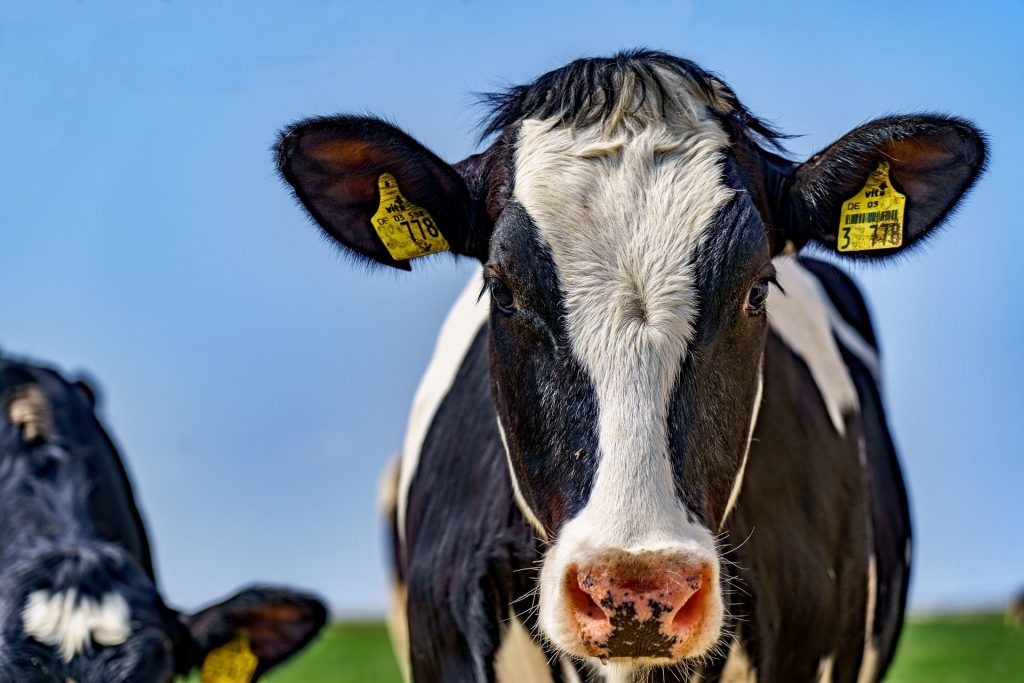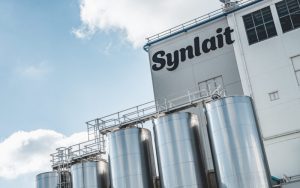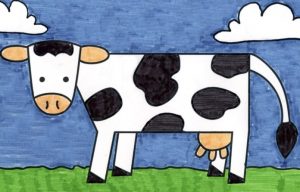In an age of extremely long as well as short shelf lives and preservation periods for products, goods and materials wherein logistics, storage, transportation and distribution have been key to a successful supply chain management, liquid nitrogen has come to occupy a significant presence. As a cryogenic liquid with a boiling point of -196°C, this compressed gas has been found to be of immense use by several sectors including the IVF industry, healthcare and dermatology, food and beverages, the automobile industry, and above all, animal husbandry. For a country like India with a substantive livestock and bovine economy, the role of liquid nitrogen can never be overstated. Already, among other developments, the large-scale shift to artificial insemination (AI) from natural breeding has been a reality. However, driven by new technologies, as the government and the private sector alike push artificial insemination further with an eye on augmenting the quality and quantity of bovine stock within the larger overarching goal of improving the health of Indians and the economy, the role of liquid nitrogen in terms of bovine semen preservation, storage and transportation becomes even more critical to the animal husbandry sector. While AI is a fairly recent phenomenon, Stirling Cycle based cryogenic technology for liquid nitrogen production has been around for over a century.
The growing contribution of animal husbandry
While agriculture has been well known for its role in the Indian economy in terms of output and employment, what has been remarkable in recent years is that animal husbandry has surpassed crop production as the engine of agricultural growth in the country.Over the past decade, while India’s agricultural growth has been one-and-a-half per cent, animal husbandry’ growth has been about five times more. So, with more than 11% of world’s livestock population, livestock contributes to nearly one-fourth of total agriculture GDP and more than 4% of the total GDP providing employment to two-thirds of rural community.
Increasing coverage of Artificial Insemination
In recent years, the country has also witnessed increasing coverage of Artificial Insemination. From 97 million doses in 2014-15, 120 million doses were recorded in 2019-20. Some years back, National Dairy Development Board (NDDB) had estimated the need for producing 140 million doses of frozen semen by 2021-22. Then as many as 80 million AI were performed during 2019-20. In fact, the conception rate has increased from 20% in 2014-15 to 35% in 2020-21 highlighting increased accuracy in technology.
The emerging AI infrastructure: Rising number of semen stations and banks
The average yield rate for milk is 3.9 kg/day from indigenous cows, it is an impressive 8.09 for crossbred cows and 11.88 for exotic cows. Therefore, there is no denying the need of using AI to achieve desirable breeds of bovine stock. Also, it is no coincidence that the AI has thrived alongside the development of related infrastructure and facilities in the country. There are as many as 56 semen stations today –across government, cooperative, NDDB and NGO sectors. Of these, 49 are graded stations including 36 A-grade stations. A decade back in 2011, there were only 20 A-grade stations. This has been coterminous with increased number of semen banks, a facility for storage and distribution of bovine semen and/or liquid nitrogen, apart from rising number of IVF labs, Embryo Transfer Technology (ETT) labs etc.
Doorstep Delivery of AI services to farmers
Realizing the need to deliver AI services to farmer’s homes and the often-faced difficulty in getting the bull to semen station, mobile semen stations have today emerged with an aim to ‘home-deliver’ AI services to farmers. Buoyed by the success of Nationwide Artificial Insemination Programme (NAIP) implemented during August 2019-May 2020 covering 76 lakh bovines, the NAIP II has been implemented in 604 identified districts having less than 50% AI coverage during August 2020-May 2021 covering 30 million bovine female populations and 50,000 animals per district to deliver AI services to farmer’s doorsteps.
Liquid nitrogen integral to AI for bovine stock
With such a vibrant bovine AI ecosystem in the country, the role of reliable Stirling cryogenic technology producing liquid nitrogen for the storage, transportation and distribution has been integral to the growth of bovine and cattle industry. Unlike dry ice alcohol which can also be used to freeze and store bovine semen, usage of liquid nitrogen ensures that there is no deterioration in fertility with age. At the same time, the whole process of semen collection, processing, storage, thawing and post-thaw handling must be done with utmost caution. In this, straw handling and packaging as well as semen tank management must also be carried out with sufficient caution. Especially semen tanks must be fitted with proper insulation.
How ‘in-house’ hosting of LN plants revolutionized the AI ecosystem in Madhya Pradesh
Already in many parts of the country, cryogenic technology for reliable production of liquid nitrogen using Stirling cycle has played a stellar role in improving the preservation, supply chain and delivery of bovine semen. For instance in Madhya Pradesh, under Rashtriya Krishi Vikas Yojana, setting up liquid nitrogen plants within the state and the resultant certainty of availability has not only reduced evaporation losses from the earlier 35-45% to 25-30%but also triggered a proliferation in AI activity as well as AI facilities. From 11.41 lakh AIs performed in 2011-12, the numbers galloped to a whopping 26.9 lakh AIs by 2016-17, more than doubling in a matter of five years. This success story underlines the need for setting up liquid nitrogen plants at strategic locations in different parts of the country.
It has been estimated that about half a litre of liquid nitrogen is required per AI performed. So, for the 80 million AI performed, 40 million litres of liquid nitrogen and the associated infrastructure is needed in the country. However, it would be worthwhile to remember that at present, AI coverage is limited to only 30% of the breedable bovines with 70% covered though scrub bulls of unknown genetic merit. This gap spells the potential that AI holds for India. And this in turn means the promise that AI also holds for liquid nitrogen in the country, or vice versa.

















